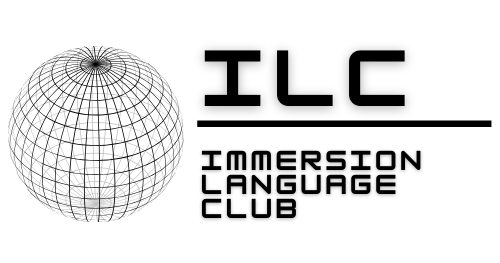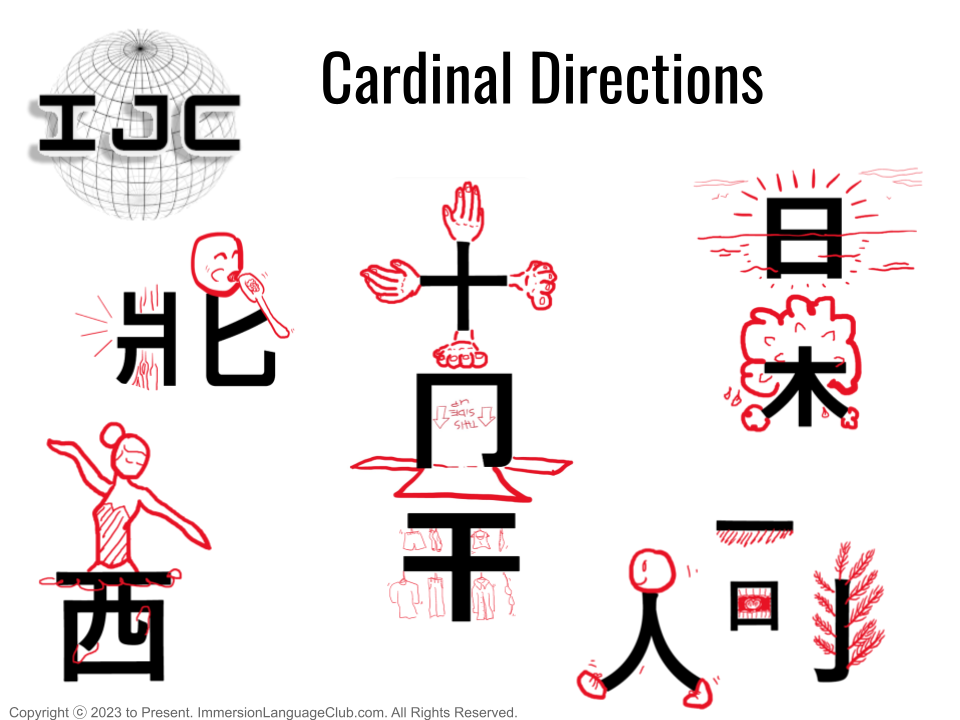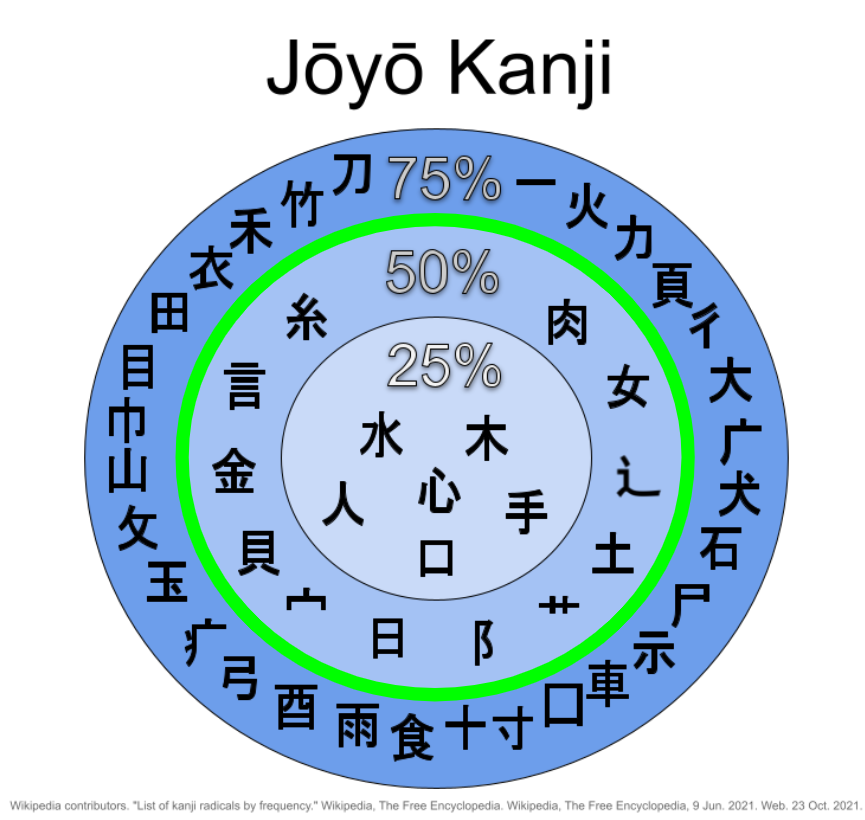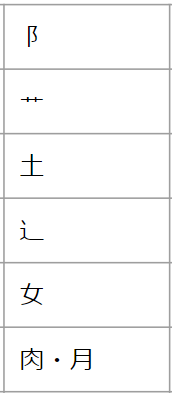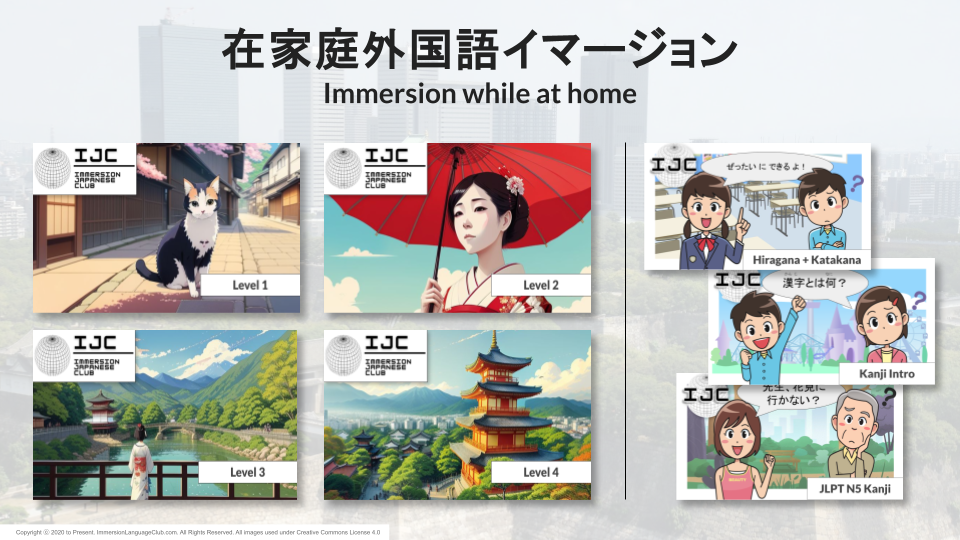IJC-JW-201 Japanese Kanji: Lesson 6
Complete all parts below to get credit for today's lesson. Click on the one at the top to get started.
Lesson 6 Big Idea: Stroke Order
For Day 6, we’re going to talk about the cardinal directions (versus the relative directions in Day 5). But before we do, let's do a quick review of something we ought to frequently remind ourselves about: "does stroke order really matter?" The answer may be obvious, but why?
Complete the form below to get credit for this part of the lesson after having watched the Main Lesson lecture video above. Note: you shouldn't have to sign in to Google to complete this form.
Lesson 6 Kanji Challenge
We're moving on to the second six-member component group (or "Group 2") in the 50% Category for today's Kanji Challenge.
At this point, you ought to be getting familiar with the structure of this type of challenge:
❶ Search for an article or other text for a kanji that includes one of the components above inside it.
My own example below shows three kanji (highlighted) that include 女, 土, and ⻌ among their components.
” 魔法使いの少女で、幻想郷で発生する異変に自分から介入し、妖怪退治を行う。”
("霧雨魔理沙." Wikipedia: The Free Encyclopedia. Wikimedia Foundation, Inc, 16 Mar 2023, https://ja.wikipedia.org/wiki/%E9%9C%A7%E9%9B%A8%E9%AD%94%E7%90%86%E6%B2%99. Accessed 1 Mar 2023.)
The first kanji, 郷, means "home town or village" and has as its radical 阝, which perfectly checks out for supplying its meaning. (Obviously, the reading wouldn't have anything to do with it in the first place given that 阝 doesn't carry its own on-yomi.)
The two highlighted kanji after that together make up the word "youkai" ("demon" or "monster"). Of them, the first, 妖, indeed has 女 as its radical and means "bewitching," or even "attractive"; so it too would seem to be drawing on the meaning of the "woman" radical over its reading (although ヨウ isn't much of a stone's throw away from ジョ either).
The second kanji in the same word, 怪, although containing 土 among its components, isn't build on this component as its radical, so it won't really help us out here. (Can you tell which one is its radical? Hint: you've seen it before...)
The final kanji, 退, has ⻌ for its radical and accordingly has something to do with with "path" or "going: in fact, it means "retreat" (i.e. going back up the path you came from). The ⻌ radical also has no on-yomi reading, so we expect it to bear some relation to the kanji's meaning anyway.
(Remember that these challenges only expect one example radical kanji in its native context from you.)
❷ Use Jisho.org or a similar Japanese-English dictionary to look up the kanji you found. (You can watch this tutorial if this is the first time you've ever looked up a kanji in an online dictionary before.) The goal is to uncover the relationship between the kanji and the component or radical you've discovered: either its reading or its meaning.
❸ Write down the kanji and findings regarding its radical, then upload and submit a picture of your notes using the form in the Handwriting section above for credit for this challenge. 🌸
